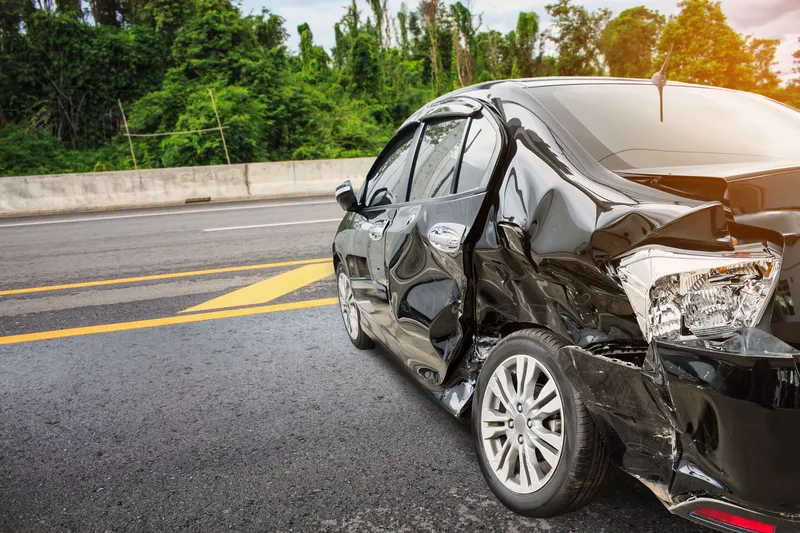
A research project led by ITS Australia has found digital communication technologies that allow cars to interpret their surroundings could reduce vehicle crashes by 78%.
ITS Australia’s Connectivity in C-ITS report is based on an eight months of research carried out by the University of Melbourne.
It involved a comprehensive analysis of traffic accident data in the state of Victoria from 2006-2019.
Researchers focused on understanding cooperative (C-ITS) technologies that would help drivers, in areas such as curve speed.
Findings show curve speed warnings could have the most significant impact in rural areas as more than half of all fatal accidents occurred in rural Victoria, compared to 37% in urban areas such as Melbourne.
The report also reveals motorcyclists may benefit the most from curve warnings as data shows curve speed was a factor in 17% of crashes involving motorbikes.
C-ITS vehicle adaptations include cameras, ultrasonic or wireless sensors, antennas, 3D HD mapping capabilities, GPS and Lidar.
Professor Majid Sarvi, lead of transport technologies at the University of Melbourne, suggests that some technologies would become standard in new cars off the production line, while older vehicles could be retrofitted with aftermarket hardware.
Data from Australasian safety authority Ancap, included within the study, shows the oldest vehicles (built in 2001 or earlier) on Australian roads accounted for just 20% of the total national vehicle fleet but were over-represented in fatal crash data.
“One in five cars on Victorian roads are considered older, but they are involved in 36% of all fatal crashes. By contrast, newer vehicles [built between 2012-2017] make up 31% of road vehicles but are involved in just 12% of fatal crashes,” Sarvi says.
The rate of fatal crashes per registered vehicle for the oldest vehicles was four times higher than that of newer vehicles.
As part of the study, traffic micro-simulation experiments were conducted in Melbourne’s arterial corridors within Aimes (Australian Integrated Multimodal EcoSystem).
Researchers concluded that if just 30% of all vehicles on the roads during peak hour were connected vehicles, traffic congestion could be reduced by up to 11%.
A separate network micro-simulation in Melbourne’s central business district during peak hour (pre-Covid-19) found that average travel speeds could improve by up to 10% if a fifth of cars were connected vehicles.
ITS Australia and the University of Melbourne funded the research alongside iMove Cooperative Research Centre, Department of Infrastructure, Transport, Regional Development and Communications.
It also received support from IAG, Intelematics and Transmax.









